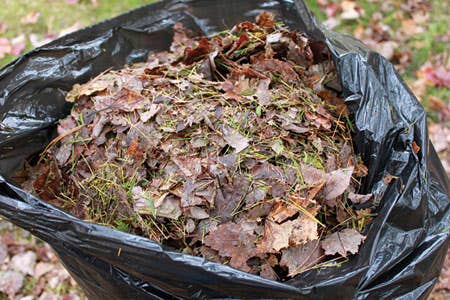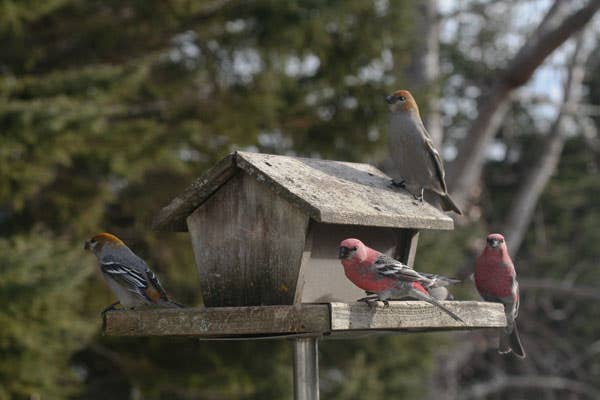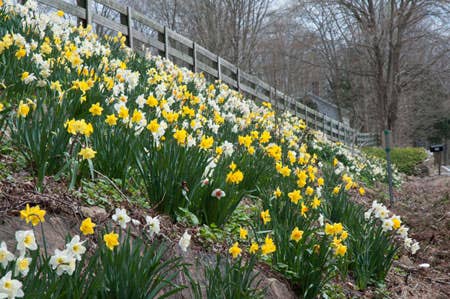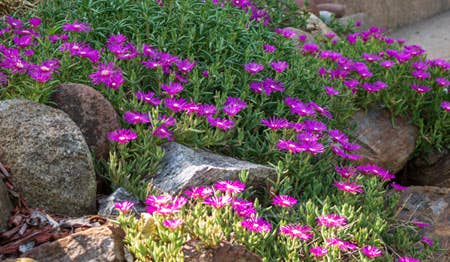Planting Bulbs
I am a little confused about bulb planting depths. I understand that different species need to be planted at different depths. But what happens in nature? When these plants reproduce by seed, how do the bulbs magically end up at the right depth?…
Question: I am a little confused about bulb planting depths. I understand that different species need to be planted at different depths. But what happens in nature? When these plants reproduce by seed, how do the bulbs magically end up at the right depth?
-Hillsdale, MI
Answer: Recommended planting depths (as measured from the base of the bulb to the soil surface) are as follows for spring-flowering bulbs: two to three inches for crocuses, three to four inches for grape hyacinths (Muscari spp.) and Spanish bluebells (Hyacinthoides hispanica), five inches for Dutch irises, six inches for Dutch hyacinths, and eight inches for crown imperials (Fritillaria imperialis). Tulips and daffodils should also be planted eight inches deep, unless they are small bulbs, in which case five inches is sufficient. When in doubt about how deep to plant a particular bulb, follow the general rule of three times the height of the bulb.
It is OK to err on the side of planting too shallowly, because many bulbs possess contractile roots that serve to relocate the bulb to its ideal depth. This feature is what allows seedling bulbs to position themselves. Hyacinths, daffodils, lilies, some allium species, hymenocallis, and lycoris all have contractile roots. So do crocuses, freesias, gladioli, and triteleias, which all have corms rather than bulbs. Because new corms are produced on top of old ones, their roots must prevent succeeding generations of plants from rising out of the ground.
Tulips, however, lack contractile roots, so your question about how they reproduce from seeds is a good one. The answer is that after being exposed to low winter temperatures to satisfy their dormancy requirements, the tulip seed germinates. The seed leaf starts actively growing in the spring. The seedling produces a hollow, underground stemlike structure called a dropper This grows downward and eventually produces a bulb at its tip, an inch or more below the surface. In succeeding years, new droppers yield bulbs deeper still.







